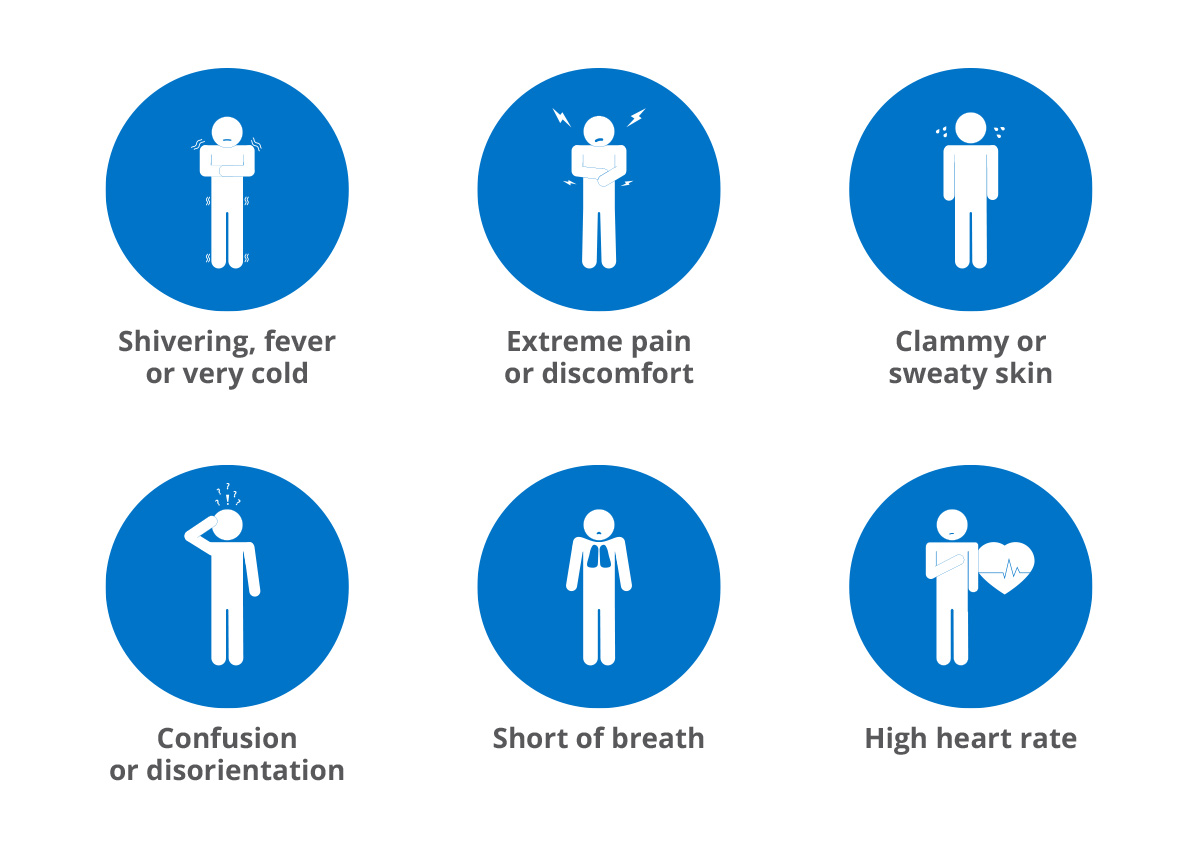Know the Signs: Life-Saving Tips to Combat Sepsis

The average person battles a number of infections throughout their lifetime — from colds and flu to stomach viruses and urinary tract infections. But for the very young and very old, those with weak immune systems and people with chronic diseases (such as diabetes, cancer, lung or kidney disease), infections pose a greater risk.
Sepsis occurs when the immune system stops fighting an infection and turns on itself, triggering an inflammatory chain reaction that causes damage to tissues and organs. Almost any infection can lead to sepsis, that’s why it’s important — no matter your age or state of health — to see the doctor when you suspect an infection, get it treated and know what signs to look for if it’s not getting better.
Four Ways to Get Ahead of Sepsis
Sepsis is a life-threatening emergency that requires immediate medical attention. To protect against sepsis, the Centers for Disease Control and Prevention recommends these four ways to get ahead of sepsis:
- Prevent infections: Take care of chronic conditions, get recommended vaccines and keep cuts clean until healed.
- Practice good hygiene: Proper handwashing goes a long way in the prevention of illness. Wash hands frequently with soap and water for at least 20 seconds and dry them well. If you can’t wash your hands, clean them with hand sanitizer.
- Know the symptoms (see below).
- Act fast: Get medical attention immediately if you suspect sepsis or have an infection that's not getting better or is getting worse.
Sepsis Symptoms
Sepsis is not just one symptom. It can be a combination of any of the following:

Free Class: Sepsis 911
Wednesday, Sept. 3, 5–6 p.m.
Join us for this free, potentially life-saving class to learn what sepsis is, how to recognize it early, and how to speak up for yourself or someone you love. Knowledge is power — don’t miss it!









